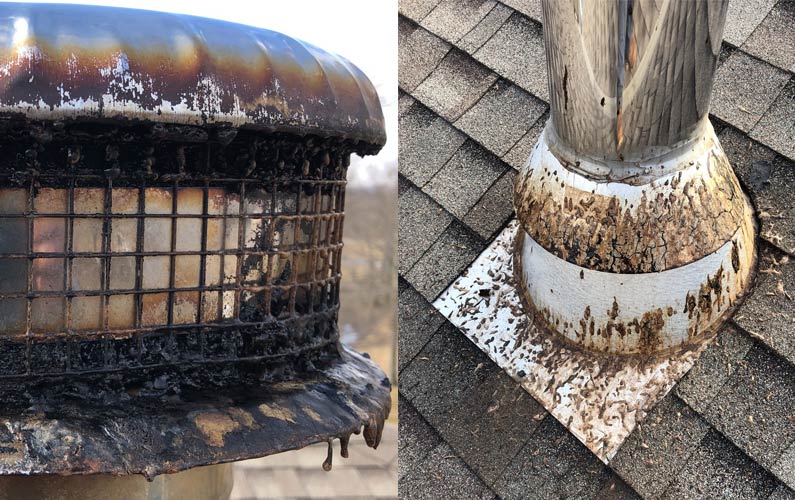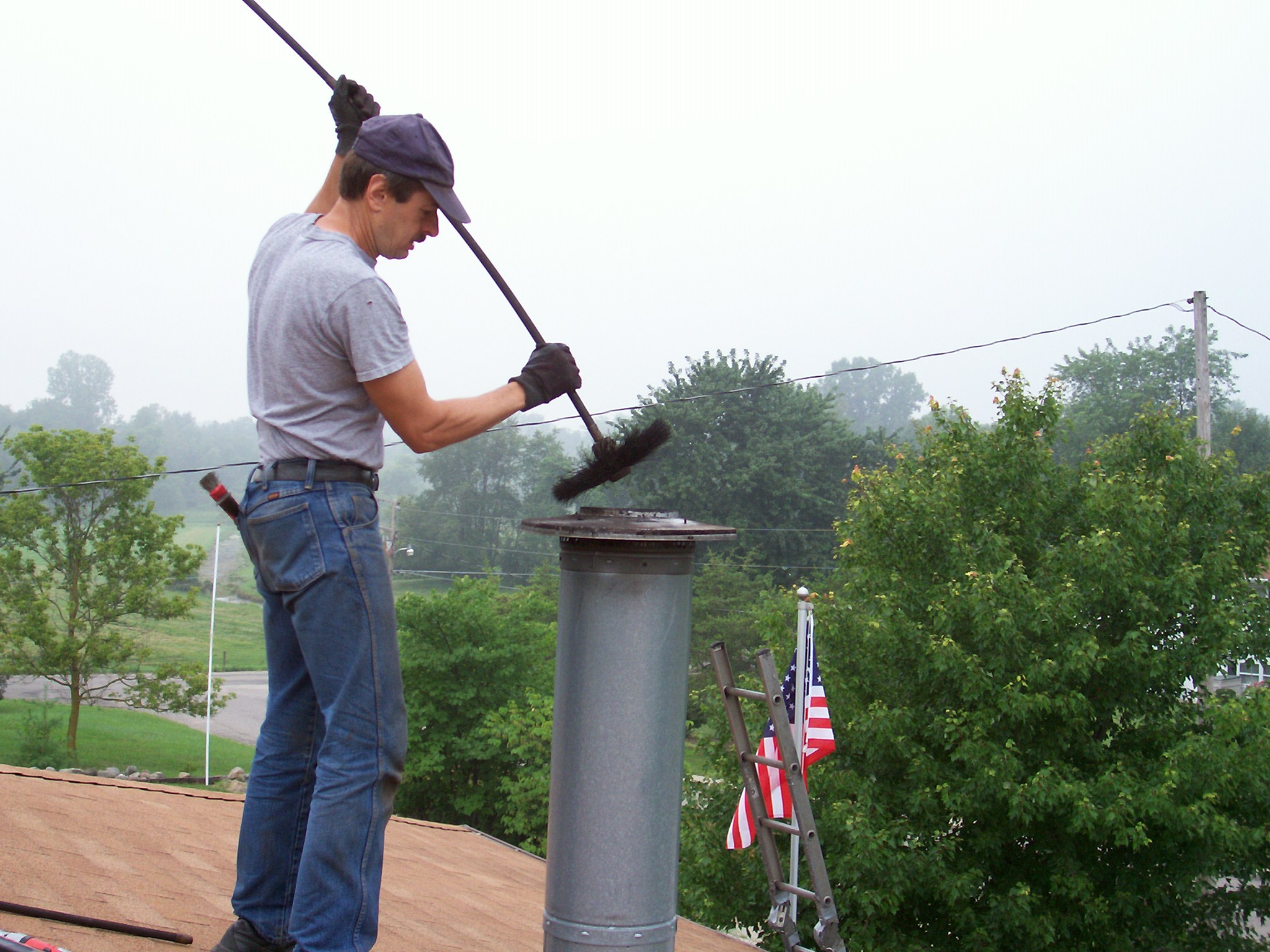san jose chimney repair: Exactly How to Identify Early Indications of Chimney Damage
san jose chimney repair: Exactly How to Identify Early Indications of Chimney Damage
Blog Article
How to Determine Common Problems That Require Smokeshaft Repair in Your Home
Recognizing usual issues that require smokeshaft fixing in your home is important for keeping both safety and security and efficiency. Routine assessments can disclose significant indicators such as creosote build-up, visible fractures, and indications of dampness breach. In addition, smells and draft problems frequently indicate deeper issues that might not be quickly apparent. Understanding these indication is important for timely intervention, yet numerous property owners neglect them. What are the certain actions one can take to guarantee their smokeshaft stays in optimal condition? The answer may reveal greater than you expect.

Signs of Creosote Build-up
Among the most critical signs of chimney concerns is the build-up of creosote, a byproduct of timber combustion. This material forms when smoke cools down and condenses on the walls of the smokeshaft, causing a thick, tar-like residue. Gradually, creosote buildup can posture considerable safety dangers, including a boosted risk of smokeshaft fires.
Homeowners must be watchful in observing indicators of creosote accumulation. One key indicator is the existence of a solid, pungent smell emanating from the chimney or fire place, particularly throughout cooler months when the fire place is in use. san jose chimney repair. Additionally, dark, shiny down payments on the smokeshaft flue or in the firebox may indicate too much creosote buildup
Routine examinations can help recognize the level of the problem. It is suggested that an expert chimney sweeper performs an annual inspection to examine creosote degrees and execute essential cleansings. If house owners observe any adjustments in the efficiency of their fire place, such as minimized draft or difficulty in starting a fire, it may show a creosote issue. Dealing with these indications without delay is necessary to maintaining a risk-free and effective smokeshaft system.
Visible Cracks and Damage

Visible splits and damages in a chimney can act as significant warning indicators of underlying architectural concerns that might need instant focus. These imperfections can emerge from various variables, consisting of temperature level changes, working out of the home, and wear and tear of materials over time. It is essential to assess both the inside and outside of the chimney for any signs of cracking, spalling, or collapsing stonework.
Hairline cracks may show minor settling, while bigger cracks can signal an extra serious architectural concession. House owners should likewise be aware of any type of leaning or turning of the smokeshaft, as this can posture security threats and indicate foundational concerns.
Regular assessments by a qualified expert can recognize these visible indications early, protecting against more considerable repairs down the line. If you observe any kind of cracks or damage, it is suggested to seek advice from a chimney professional who can evaluate the circumstance and advise proper repair work alternatives (san jose chimney repair). Disregarding noticeable cracks can result in boosted prices and prospective dangers in the future, emphasizing the relevance of timely intervention
Water Leakages and Moisture
Determining water leaks and wetness invasion in a smokeshaft is necessary for keeping the stability of both the smokeshaft framework and the home. Water penetration can lead to substantial damages over time, including architectural deterioration, mold development, and endangered security. One of the most typical indicators of wetness concerns is the visibility of efflorescence, which appears as white, powdery down payments on the smokeshaft's outside. This occurs when water evaporates, leaving mineral salts.
Additionally, home owners must evaluate for indications of water stains on indoor wall surfaces or ceilings near the chimney, as these may show leaks. Regular exam of blinking, the material that secures the chimney to the roof, is crucial. Harmed or improperly mounted flashing can allow water to permeate into the smokeshaft structure.
Throughout heavy rains or snowmelt, focus on pooling water near the smokeshaft base or on the roofing system. This can signify incorrect drainage or clogs that need to be resolved. Routine upkeep and prompt fixings are important in my website preventing moisture-related problems, ensuring the chimney continues to be practical and secure for use.
Undesirable Odors

One more potential source of odor is animal breach. Birds, raccoons, or various other wild animals might nest in the chimney, causing the disintegration of natural products, which creates nasty scents. In such situations, it is vital to resolve the trouble without delay to make certain both the safety and security helpful resources and convenience of your house.
In addition, stationary air in a smokeshaft can add to moldy odors, frequently indicating a lack of correct air flow. Keeping appropriate air flow is important to stop these issues and ensure the efficient procedure of your chimney system.
Regular inspections and cleansing by an expert can help identify and fix these odor-related issues, protecting your home from future complications.
Poor Draft and Smoke Issues
A relentless bad draft in a chimney can significantly prevent the effective operation of a fire place or wood cooktop, causing smoke-related issues that endanger indoor air quality. This problem typically results in smoke rippling back into the home, creating pain and prospective wellness dangers for occupants.
Numerous elements can add to poor draft troubles. Blockages try this out brought on by creosote buildup, particles, or animal nests can stop proper air flow, forcing smoke to reverse instructions. Additionally, an incorrectly sized flue or chimney can hinder air flow, making it difficult for smoke to get away efficiently.
Climate condition, such as strong winds or low atmospheric pressure, can also impact chimney performance, exacerbating draft issues. Homeowners may observe signs like extreme smoke, sticking around odors, or difficulty beginning fires.
It is critical to resolve these troubles promptly, as prolonged exposure to smoke can lead to respiratory issues and other health concerns. Normal smokeshaft examinations and upkeep are necessary to recognize and remedy bad draft conditions. Consulting a professional chimney move can make sure complete cleansing and assessment, restoring optimal capability to your smokeshaft system and enhancing the safety of your home.
Verdict
In recap, routine inspection of smokeshafts is crucial for determining common issues that demand repair work. Signs such as creosote build-up, visible cracks, water leakages, unpleasant smells, and bad draft conditions act as vital indicators of possible problems. Resolving these problems proactively can enhance the safety and security and effectiveness of the smokeshaft system, eventually preventing extra serious damage and making sure optimal efficiency. Homeowners need to remain cautious in keeping an eye on these signs to preserve a functional and risk-free smokeshaft structure - san jose chimney repair.
Report this page